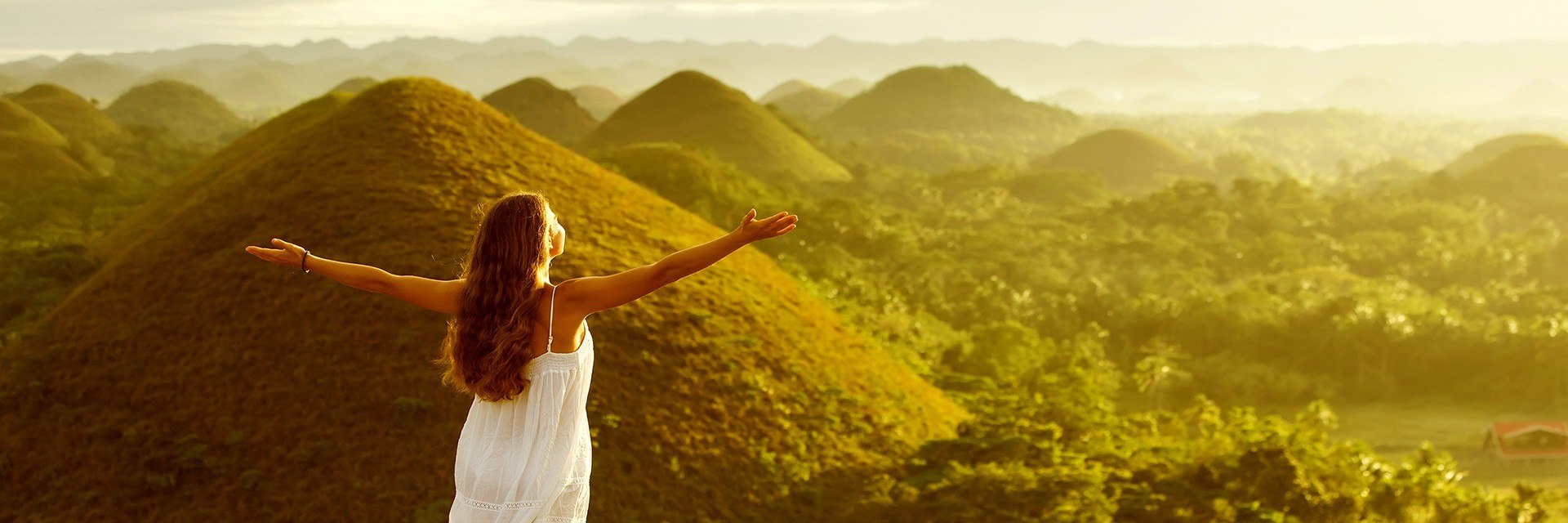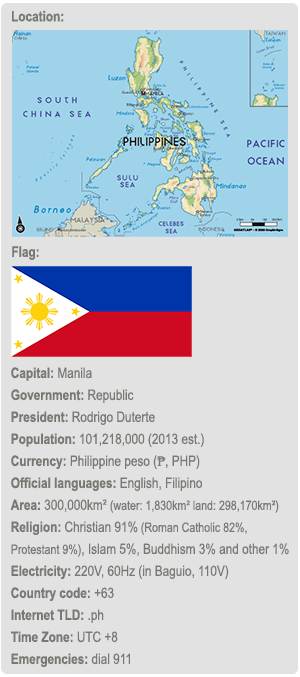
History & Culture
The Philippines is the third largest English speaking country in the world. It has a rich history combining Asian, European, and American influences. Prior to Spanish colonization in 1521, the Filipinos had a rich culture and were trading with the Chinese and the Japanese. Spain’s colonization brought about the construction of Intramuros in 1571, a “Walled City” comprised of European buildings and churches, replicated in different parts of the archipelago. In 1898, after 350 years and 300 rebellions, the Filipinos, with leaders like Jose Rizal and Emilio Aguinaldo, succeeded in winning their independence.
In 1898, the Philippines became the first and only colony of the United States. Following the Philippine-American War, the United States brought widespread education to the islands. Filipinos fought alongside Americans during World War II, particularly at the famous battle of Bataan and Corregidor which delayed Japanese advance and saved Australia. They then waged a guerilla war against the Japanese from 1941 to 1945. The Philippines regained its independence in 1946.
Filipinos are a freedom-loving people, having waged two peaceful, bloodless revolutions against what were perceived as corrupt regimes. The Philippines is a vibrant democracy, as evidenced by 12 English national newspapers, 7 national television stations, hundreds of cable TV stations, and 2,000 radio stations.
Filipinos are a fun-loving people. Throughout the islands, there are fiestas celebrated everyday and foreign guests are always welcome to their homes.
Geography
The Philippines’ 7,107 islands stretch 1,839 kilometers from the northernmost tip of Batanes to the southernmost island of Tawi-Tawi. Bordered by the South China Sea to the west and the Pacific Ocean to the east. the archipelago has its biggest island, Luzon, followed by Mindanao in the south. The Visayas islands in between are largely interspersed by small bodies of water. An irregular coastline of 334,539 kms. is dotted with many fine beaches, coves, and natural harbors.
Located off the southeast coast of Asia, the Philippines’ capital, Manila, is a mere hour-and-a-half away by plane from Hong Kong and about 14 hours from the United States and Canada.
Climate
The dry, hot season runs from March to May and the wet, typhoon season from June to October. November to February is generally cool with fair weather. Average daytime temperature, aside from mountain areas, is 22.2 C to 3l.6 C with humidity at 77 percent.
People
The warmth and natural hospitality of the nations’ 78 million Filipinos is known throughout the world. The 111 cultural, linguistic and racial groups endow the Filipino people with varying customs and traditions, marked by Chinese, American, and Spanish overtones. In spite of their diversity, Filipinos have basically two dominant traits: a love of family and a strong religious faith.
Language
There are 11 cultural and racial groups, each with its own language. Most Filipinos are bilingual, with English as the basic language in business, government, schools, and everyday communication. Pilipino, based primarily on the Tagalog language, is the national language; there are 11 languages and 87 dialects in the archipelago. Aside from English, Spanish is another foreign language spoken fluently by a number of Filipinos along with Arabic, Chinese, and Nippongo.
Currency And Exchange Rate
The currency code is PHP. It stands for Philippine peso and the currency symbol is ₱. Bank notes come in P10, P20, P50, P100, P200, P500 and P1000 denominations, while coins come in 5c, 10c, 25c, P1, P5 and P10The Philippine Peso is the currency of Philippines. Our currency rankings show that the most popular Philippines Peso exchange rate is the PHP to USD rate. The currency code for Pesos is PHP. Xe.com provides Philippine Peso rates and a currency converter.


